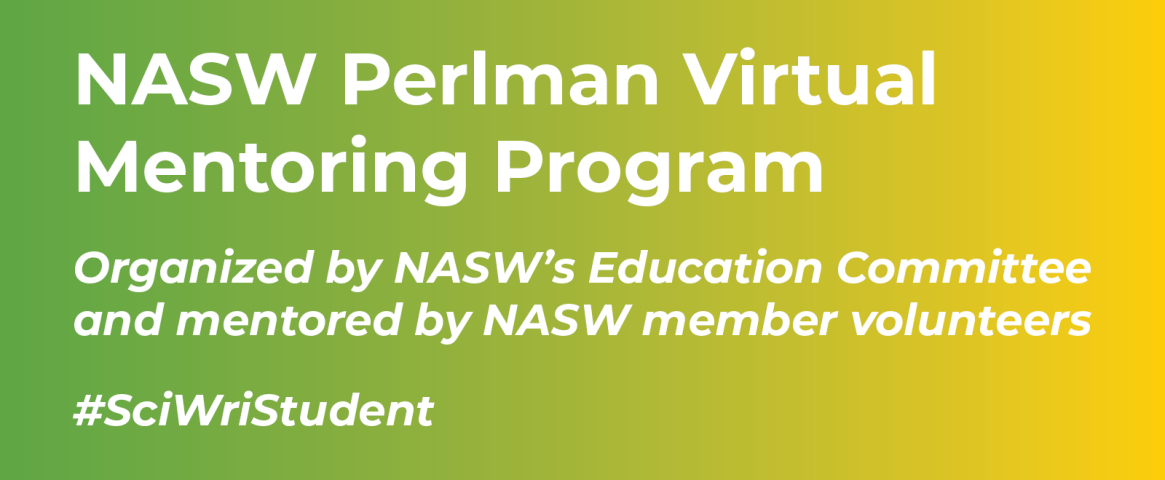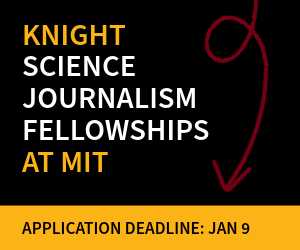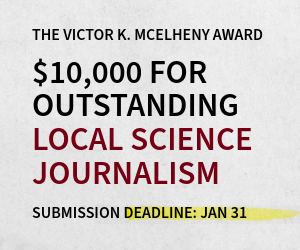This student story was published as part of the 2023 NASW Perlman Virtual Mentoring Program organized by the NASW Education Committee, providing science journalism practice and experience for undergraduate and graduate students.
Story by Tammy Awtry
Mentored and edited by Melissae Stuart
Six years ago, a man with an amputation above the elbow rarely wore his bionic arm because it was uncomfortable and difficult to control. Now he has a bionic arm integrated mechanically and electrically into his body, giving him unprecedented control over each finger. The advance is possible due to a new procedure that combined decades of research and innovation in surgery, engineering, and artificial intelligence.
A bionic arm works by picking up signals from nerves and muscles in a user’s remnant limb. When a bionic user thinks of a specific action, such as bending an elbow, electrical signals travel along the nerves connecting the brain to the arm, directing a muscle to contract. Electrodes implanted on the skin detect these nerve and muscle signals. An external computer houses the artificial intelligence (AI) that acts as a brain for the prosthetic. Based on the nerve and muscle signal patterns received, the AI brain learns which movement was intended and sends a signal to the prosthetic to perform the action.
Nerve and muscle connections are needed to control each bionic joint and its corresponding movement. This becomes a problem with higher-level amputations, such as those above the elbow, because the crucial connections between nerves and muscles are gone. This leads to limited prosthesis control.
To address this problem, a multidisciplinary team of surgeons and engineers spearheaded by Max Ortiz Catalan, who directs the Center for Bionics and Pain Research (CBPR) in Sweden and has affiliations at Chalmers University of Technology and the Bionics Institute in Australia, designed and implemented a human-prosthetic interface. The research was published on July 12th in Science Translational Medicine.
The team surgically attached the prosthesis via a titanium rod to the patient’s upper arm bone, making the prosthesis a stable, mechanical extension of the user’s skeleton. At the same time, the team created new connections between nerves and muscles as a foundation for an electrical interface to control the prosthetic, creating what Ortiz Catalan describes as a “USB port to the human body.”
Here's how it works:
Rather than settle with the limited nerve and muscle connections remaining in the residual limb of their patient (an above-the-elbow amputee), they created new ones. Nerves controlling muscles exist as bundles. By teasing the bundles apart into individual nerve fibers, much like unraveling a rope into its individual strands, the team multiplied the number of available nerves. They attached the newly available nerves to residual muscle fibers and a muscle graft. With each marriage of nerve and muscle, the user gained control of additional joints and movements. Finally, the team implanted sensors within the muscles to detect the electrical signals produced when a nerve stimulates a muscle to contract.
To use the prosthetic, the patient thinks about how he wants to move his arm or hand, which generates nerve and muscle signals that are directly transmitted to the prosthetic. An AI brain within the prosthetic translates the signals into the user’s intended movement.
The patient who received this procedure is the only individual in the world with an above-the-elbow amputation to have this amount of control over every finger of his hand. But more importantly, he has a high-tech prosthesis no longer confined to a laboratory setting. The user doesn’t need to wear a backpack with a computer nor have a team of engineers monitoring how well the prosthetic works. Everything required for daily use is contained within the prosthesis.
It has taken more than 30 years of developments in surgical techniques and engineering designs to lead to the advancements seen in this prosthesis. According to Ortiz Catalan, the unique interface of the mechanical attachment of the prosthesis to the skeleton with the new electrical connections of the nerves and muscles to the nervous system has created one of the most highly integrated human-machine interfaces.
“This is a great advance for patients with limb loss,” says Paul S. Cederna, a plastic surgeon and biomedical engineer at the University of Michigan, “because it provides the patient with a stable prosthesis attached to their bone and also the most advanced and highest fidelity control strategy currently available.” While not involved in the prosthetic design or implementation, Cederna has done extensive work with regenerative peripheral nerve interface, the process of connecting nerves to free muscle grafts.
The success of the surgical and engineering approaches used to create the interface between the user and his bionic arm opens the door for future continued advances in prosthetic hand control. But for now, the goal is to make this technology available to others. Due to the sophisticated surgery and the complex prosthetic design, Ortiz Catalan notes that expanding access to this technology will take time.
Tammy Awtry is a science communicator and writer with a lifelong curiosity about science. Her love of learning keeps landing her back in school. To date, she has an undergraduate degree in chemistry, a Ph.D. in neuroscience, and is finishing a Master’s in science writing. When not in school, she and her family love to travel the world, taking elaborately costumed photos. Follow her on LinkedIn, X (Twitter) @thewritedrawtry, or email her at drawtry24@gmail.com.
The NASW Perlman Virtual Mentoring program is named for longtime science writer and past NASW President David Perlman. Dave, who died in 2020 at the age of 101 only three years after his retirement from the San Francisco Chronicle, was a mentor to countless members of the science writing community and always made time for kind and supportive words, especially for early career writers. Contact NASW Education Committee Co-Chairs Czerne Reid and Ashley Yeager and Perlman Program Coordinator Courtney Gorman at mentor@nasw.org. Thank you to the many NASW member volunteers who spearhead our #SciWriStudent programming year after year.
Founded in 1934 with a mission to fight for the free flow of science news, NASW is an organization of ~ 2,600 professional journalists, authors, editors, producers, public information officers, students and people who write and produce material intended to inform the public about science, health, engineering, and technology. To learn more, visit www.nasw.org





